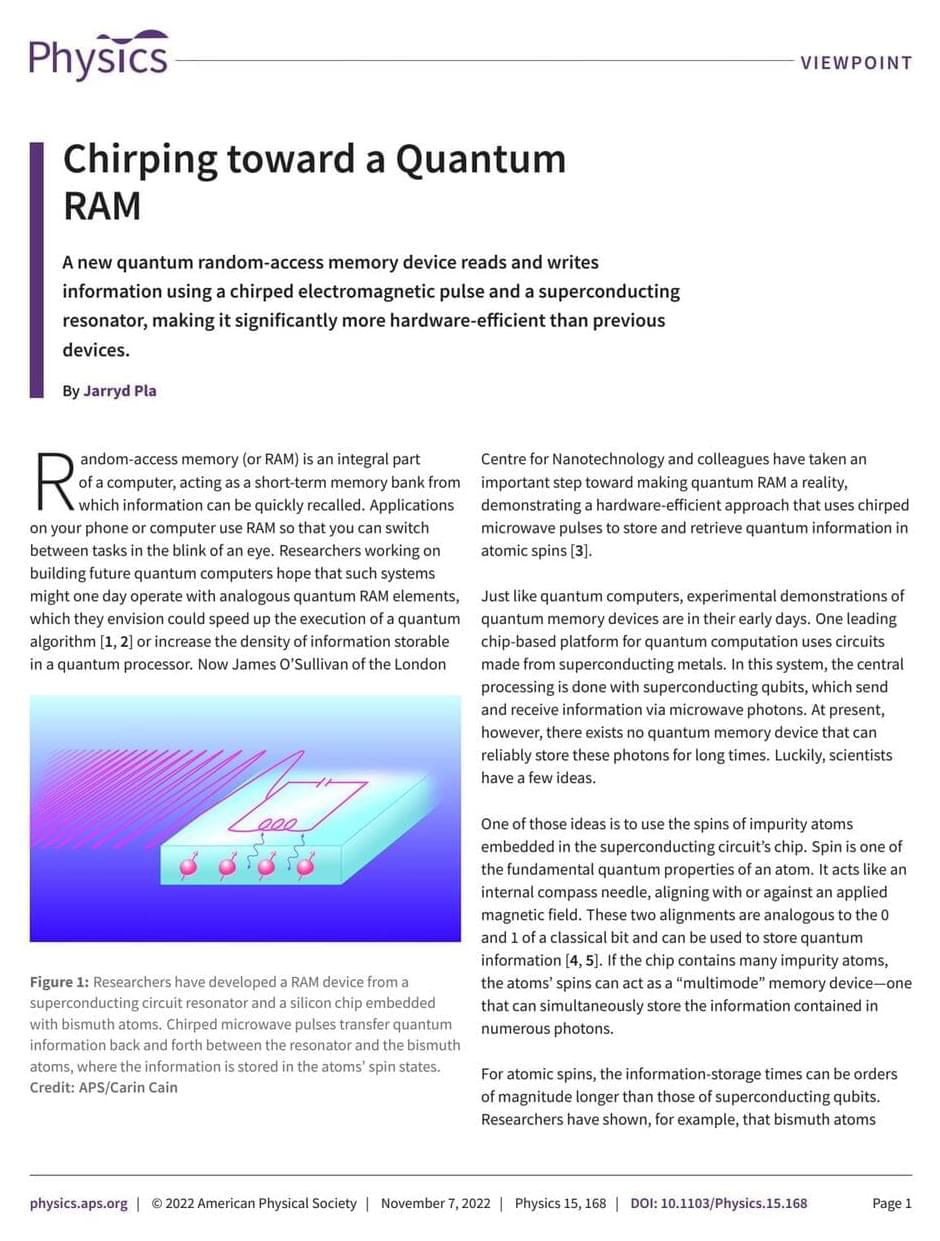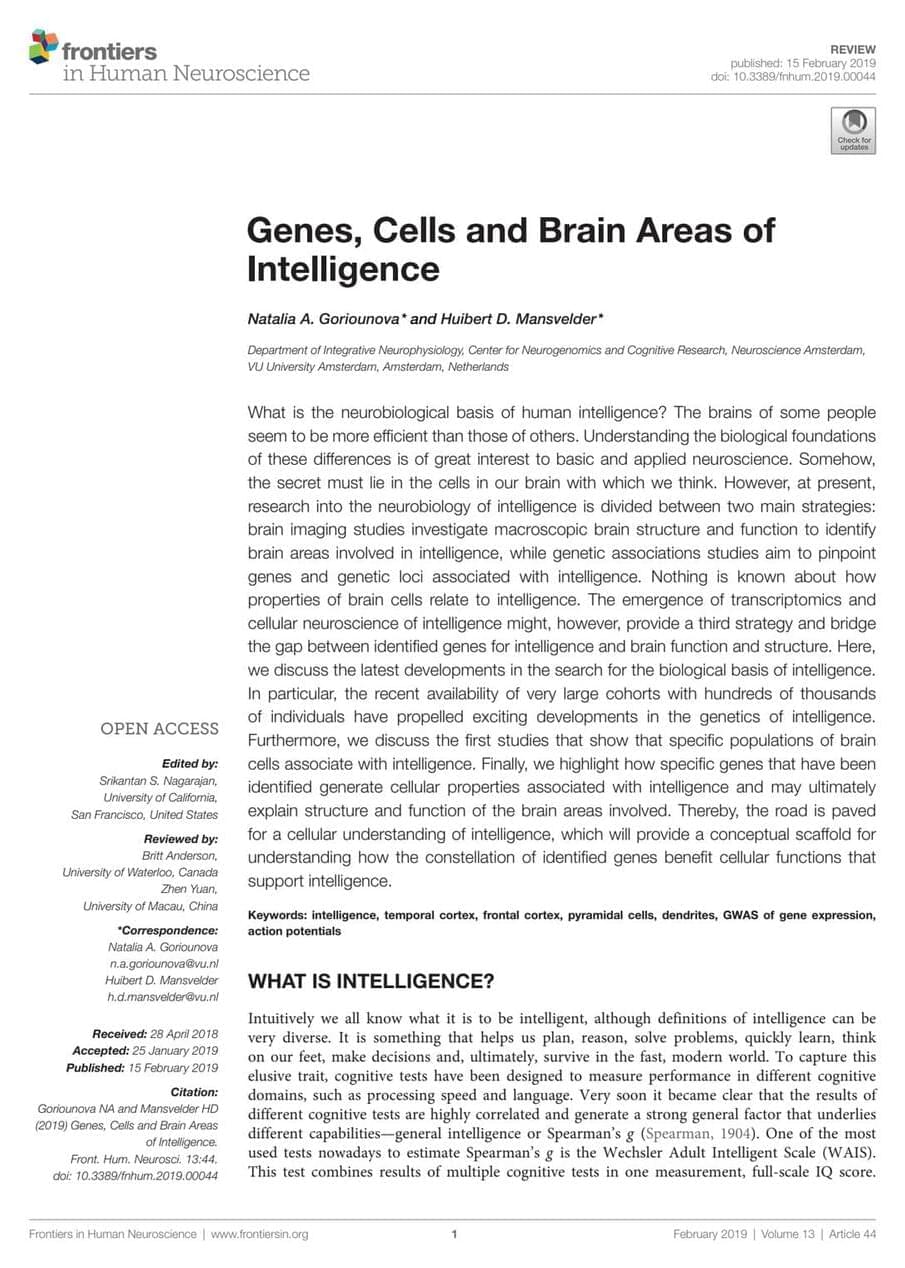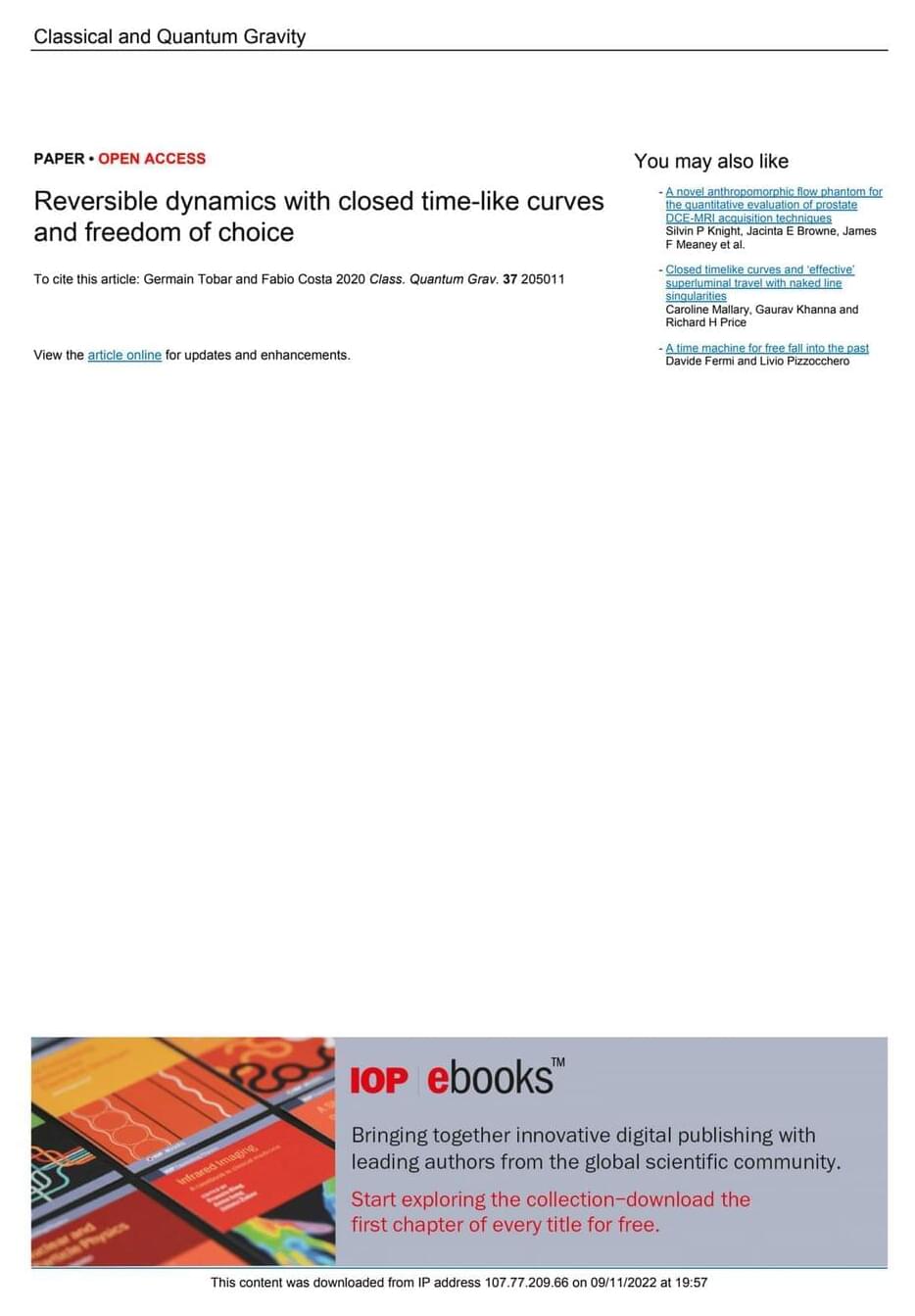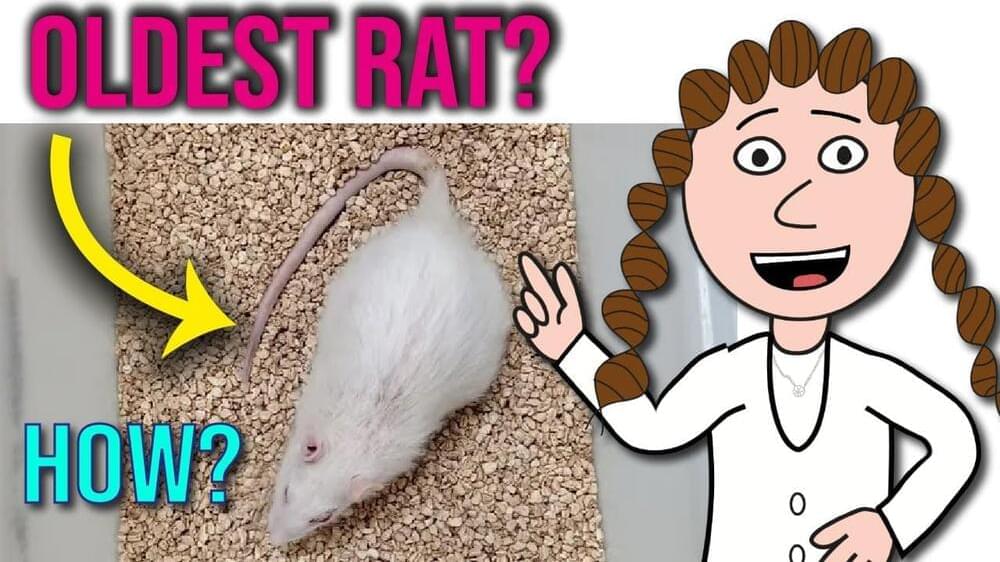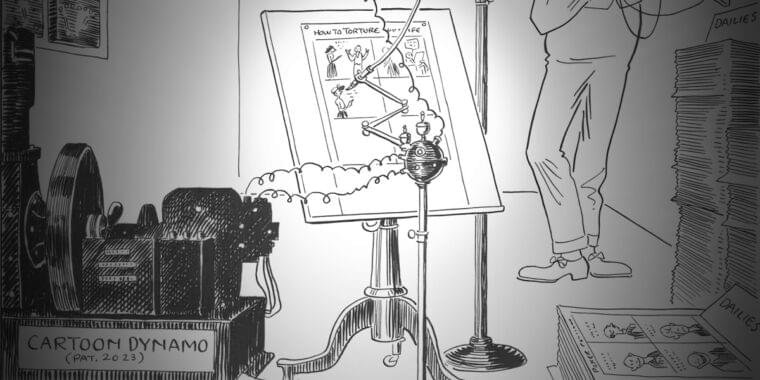It’s like finding change in the couch cushion.
An AI flew this fighter jet. Robots and AI may be the future warriors in the armies of the 21st century.
A fighter jet recently flew with an AI pilot at the controls. Robots and AI are rewiring how future wars will be fought.
GOOGLE has urged millions to download Chrome’s new security update or risk their data being vulnerable.
On Thursday, Google released a new security update for all desktop versions of its Chrome web browser.
The update targets 10 security issues in the web browser – one of which is rated at the most critical level.
An exploration of the concept of wormholes, new developments regarding them and how they might be useful for communication.
My Patreon Page:
https://www.patreon.com/johnmichaelgodier.
My Event Horizon Channel:
The Universe has an asymmetry, but that’s a good thing. Imperfections are essential for the existence of stars and even life itself.
Dropbox is a free service that lets you bring your photos, docs, and videos anywhere and share them easily. Never email yourself a file again!
Fnhum-13–00044.Pdf
Posted in neuroscience
Genes cells and brain areas of intelligence.
Dropbox is a free service that lets you bring your photos, docs, and videos anywhere and share them easily. Never email yourself a file again!
Talking about E5.
Rats are also useful for aging research and for cooking ratatouille. But in all seriousness, take a look at this recent headline article — “We have the oldest living female Sprague Dawley rat,” said Dr Harold Katcher, a former biology professor at the University of Maryland, now chief scientific officer at Yuvan Research, a California-based startup.
So, Rejuvenation & rats. That’s what we’re talking about today, and how this rat has apparently become the longest living rat for its species following concentrated plasma injections from young blood plasma, and what this could mean for human therapeutics, along my perspectives. But, before we get there we must go back, back to the late 1950s and early 1960…to a time when The Sheekey Science Show did not exist, but when researchers, such as Clive McKay did, and these researchers were conducting a procedure called heterochronic parabiosis.
In 1923, an editorial cartoonist named H.T. Webster drew a humorous cartoon for the New York World newspaper depicting a fictional 2023 machine that would generate ideas and draw them as cartoons automatically. It presaged recent advancements in AI image synthesis, one century later, that actually can create artwork automatically.
Interestingly, this separation of labor feels similar to our neural networks of today. In the actual 2023, the “idea dynamo” would likely be a large language model like GPT-3 (albeit imperfectly), and the “cartoon dynamo” is most similar to an image-synthesis model like Stable Diffusion.





